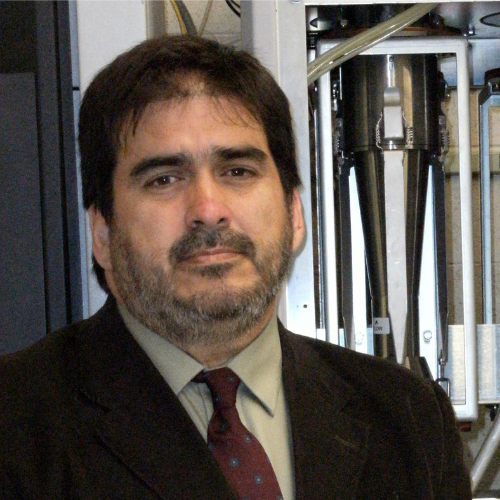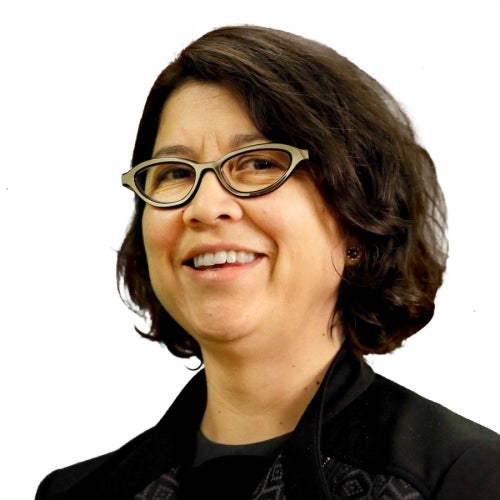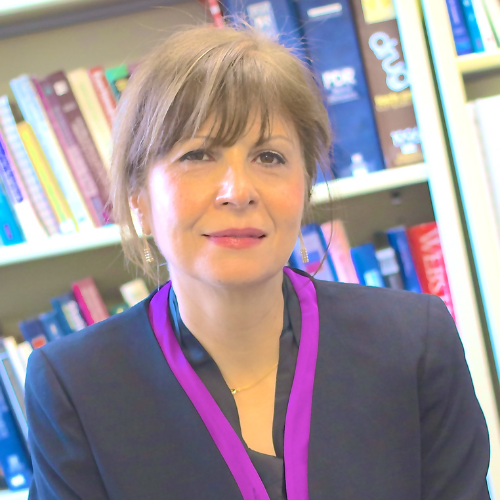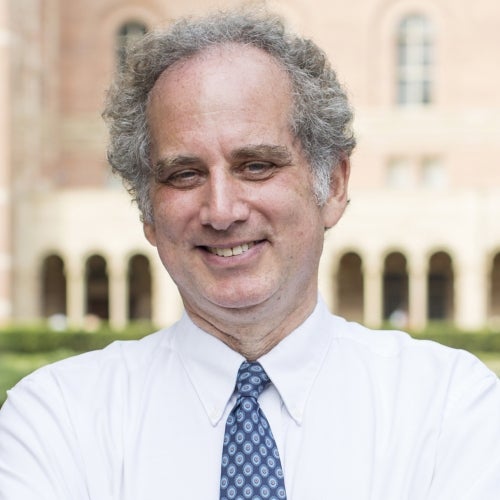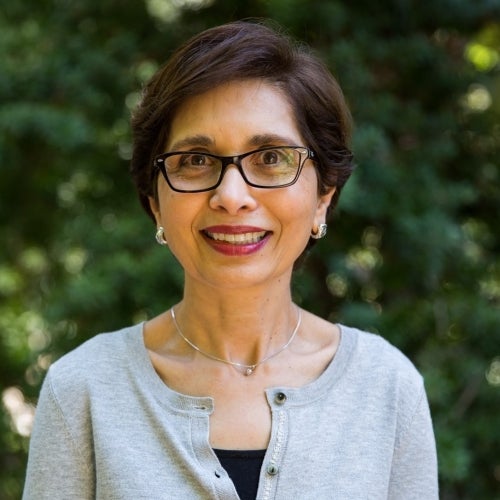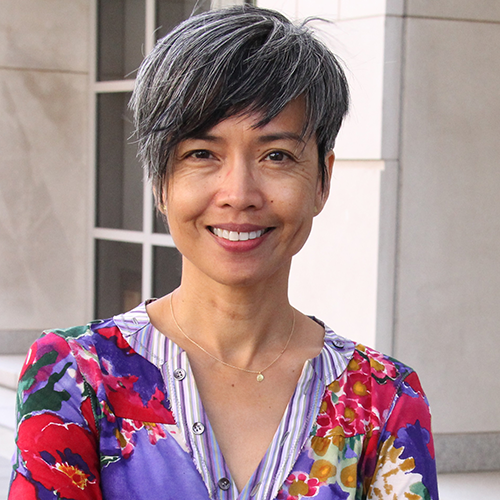A minority of countries offer free early childhood education, UCLA researchers report

Numerous studies from countries around the globe have shown that education before primary school is associated with success in school. Despite this, few governments make pre-primary education available on a tuition-free basis for two or more years, according to a new study from the UCLA Fielding School of Public Health’s WORLD Policy Analysis Center (WORLD).
“We know from previous research that early childhood education especially benefits children from low-income families,” said study co-author Alison Earle, a senior research analyst at the WORLD Policy Analysis Center. “We also know that one of the greatest barriers to enrollment in pre-primary education is the tuition. Making pre-primary education available at no cost is a critical element in efforts to reduce educational and economic inequalities.
For this study, researchers at WORLD reviewed data about pre-primary education policies from 166 countries for which such information was available as of 2015. The researchers reported that 45 percent of the countries provide at least one year of tuition-free pre-primary education. Just 27 percent of the countries offer two or more years. Only 19 percent provide tuition-free pre-primary education and make it compulsory.
The researchers also looked at whether making pre-primary education free is associated with higher enrollment rates. To do this, the team analyzed data from the 124 countries for which pre-primary enrollment data were available. They found that countries offering one year of tuition-free pre-primary education had an average of 16 percent higher pre-primary enrollment rates as compared with countries without tuition-free pre-primary education.
The availability of tuition-free pre-primary education varies by income level, according to the study. Nearly two-thirds (62 percent) of high-income countries make tuition-free pre-primary education available for at least one year as compared with 45 percent of middle-income countries and just 15 percent of low-income countries. Availability also varies by region. In the Americas, for example, 75 percent of countries make tuition-free pre-primary education available while 70 percent of European and Central Asian countries do. In contrast, 25 percent of countries in the Middle East and North Africa, 19 percent in East Asia and the Pacific, 17 percent in South Asia and 14 percent in Sub-Saharan Africa offer it.
WORLD researchers hope their data and analysis model will be used by policymakers to assess how much progress is being made in achieving the United Nations Sustainable Development Goal 4.2. The goal calls for countries to ensure that, by 2030, “all girls and boys have access to quality early childhood development, care and pre-primary education so that they are ready for primary education.”
The study was led by Natalia Milovantseva, a former post-doctoral scholar at WORLD and currently an associate professor at the National Research University Higher School of Economics in Russia, and co-authored by Alison Earle and Dr. Jody Heymann, founding director of WORLD and a professor at the UCLA Fielding School of Public Health. It will be published in the December 2018 issue of International Organisations Research Journal.
The WORLD Policy Analysis Center (WORLD) aims to improve the quantity and quality of comparative data available to policymakers, citizens, civil society and researchers around the world on policies affecting equity, development, human health and well-being. Under the leadership of Dr. Jody Heymann, WORLD is committed to making its broad, globally comparative findings publicly accessible to inform and encourage improvements in legal and policy frameworks worldwide, allow nations to learn from the approaches taken in other countries, facilitate studies of the feasibility and effectiveness of laws and policies in critical areas and support efforts to hold decision-makers accountable.
The UCLA Fielding School of Public Health, founded in 1961, is dedicated to enhancing the public's health by conducting innovative research, training future leaders and health professionals from diverse backgrounds, translating research into policy and practice and serving our local communities and the communities of the nation and the world. The school has more than 600 students from more than 25 nations engaged in carrying out the vision of building healthy futures in Los Angeles, the nation and the world.
Faculty Referenced by this Article

Associate Professor for Industrial Hygiene and Environmental Health Sciences

Industrial Hygiene & Analytical Chemistry

Dr. Ron Andersen is the Wasserman Professor Emeritus in the UCLA Departments of Health Policy and Management.

Dr. Joseph Davey is an infectious disease epidemiologist with over 20 years' experience leading research on HIV/STI services for women and children.

Dr. Anne Rimoin is a Professor of Epidemiology and holds the Gordon–Levin Endowed Chair in Infectious Diseases and Public Health.

Automated and accessible artificial intelligence methods and software for biomedical data science.

Assistant Dean for Research & Adjunct Associate Professor of Community Health Sciences

Dr. Michelle S. Keller is a health services researcher whose research focuses on the use and prescribing of high-risk medications.

Director of Field Studies and Applied Professional Training

Dr. Hankinson is a Distinguished Professor of Pathology and Laboratory Medicine, and of EHS, and Chair of the Molecular Toxicology IDP
Nationally recognized health services researcher and sociomedical scientist with 25+ years' experience in effectiveness and implementation research.

Robert J. Kim-Farley, MD, MPH, is a Professor-in-Residence with joint appointments in the Departments of Epidemiology and Community Health Sciences

Professor of Community Health Sciences & Health Policy and Management, and Associate Dean for Research

EMPH Academic Program Director with expertise in healthcare marketing, finance, and reproductive health policy, teaching in the EMPH, MPH, MHA program


















